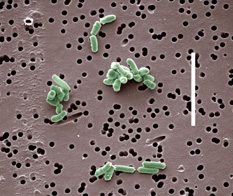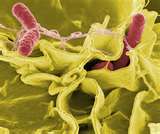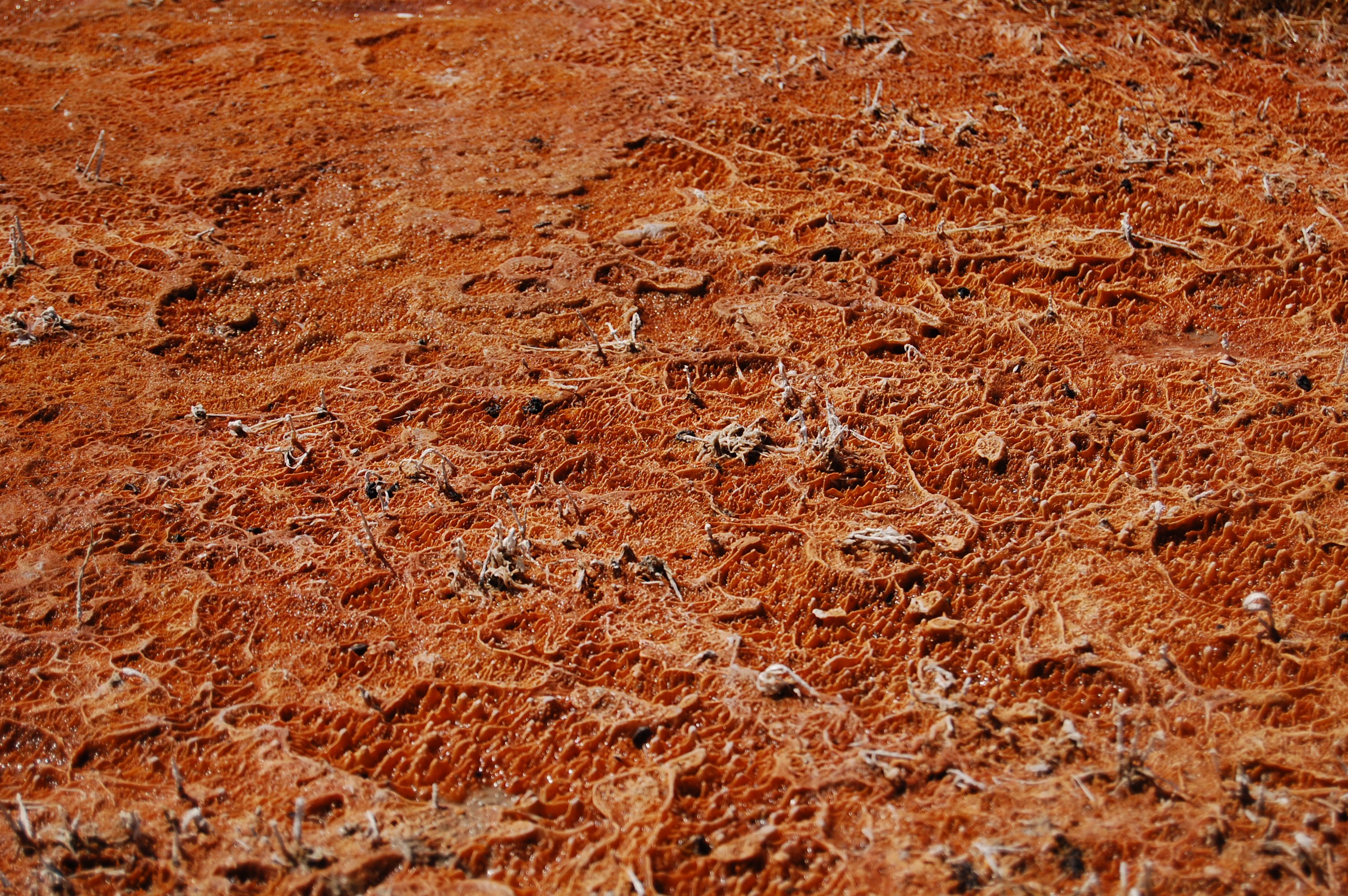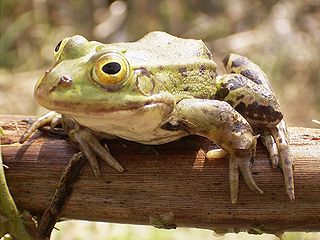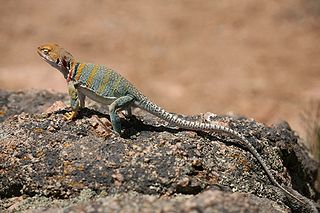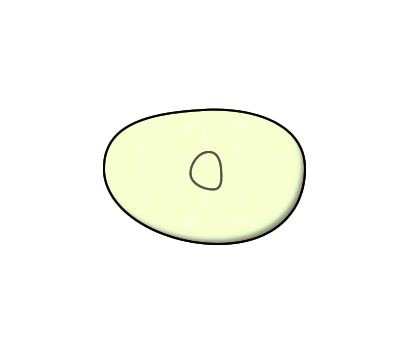Reproduction
There are two main types of reproduction,
asexual and sexual reproduction. Asexual reproduction is when
new individuals form directly from the cell(s) of only one
parental organism. Asexual reproduction does not
necessitate the process of
meiosis. There are several types of asexual reproduction,
including budding, fragmentation, parthenogenesis, and fission.
In budding, offspring are practically a "growth" off of the
parental organism. This growth then either breaks away into a
new organism or it remains attached and turns into a colony.
This type of asexual reproduction often occurs in jellyfish,
corals, and yeast.
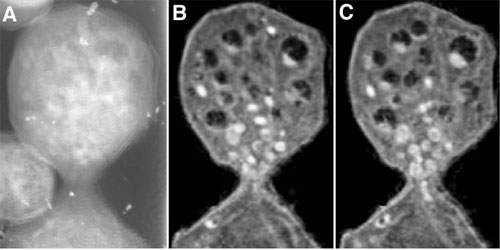
In fragmentation, the organism will break up into
several different pieces. These pieces then develop into
a fully grown organism. This type of reproduction occurs
in certain worms.
Parthenogenesis, otherwise known as "virgin birth",
is when an organism's eggs develop into a new organism
without being fertilized. This type of reproduction
occurs in certain insects, some fishes, a few
amphibians, and sometimes reptiles.
Brevibacterium linens reproduces by binary fission, which is a means of asexual reproduction. Through this process the original cell divides into two mirror images of one another. First, the circular DNA of the bacteria replicate and then each copy of DNA attaches to the membrane of the cell. Then, the cell begins to grow until it approximately doubles in size. Finally, the cell membrane pinches inwards to split the cell into two identical cells.
